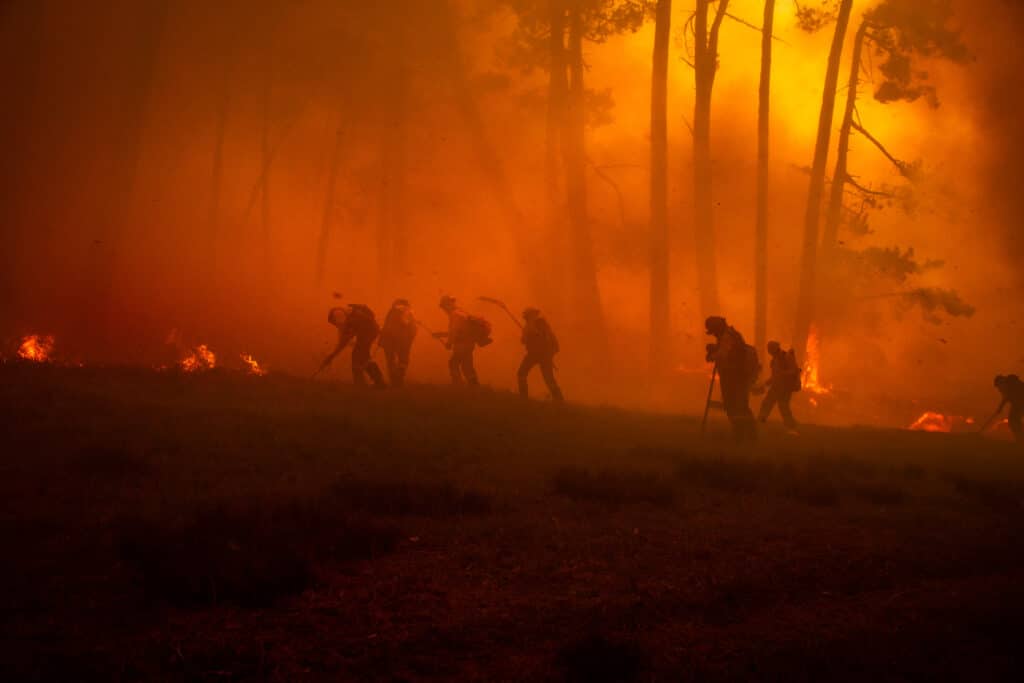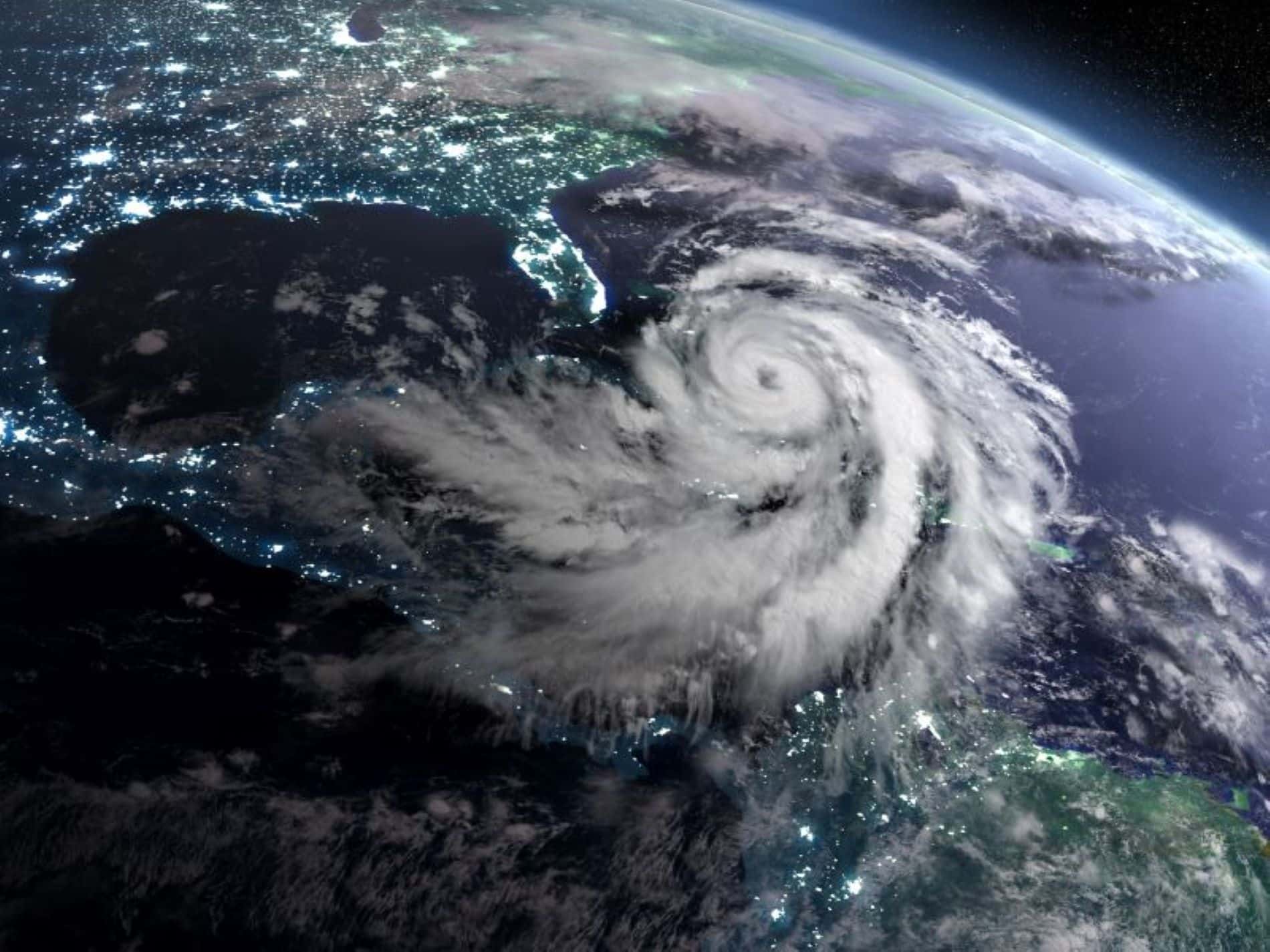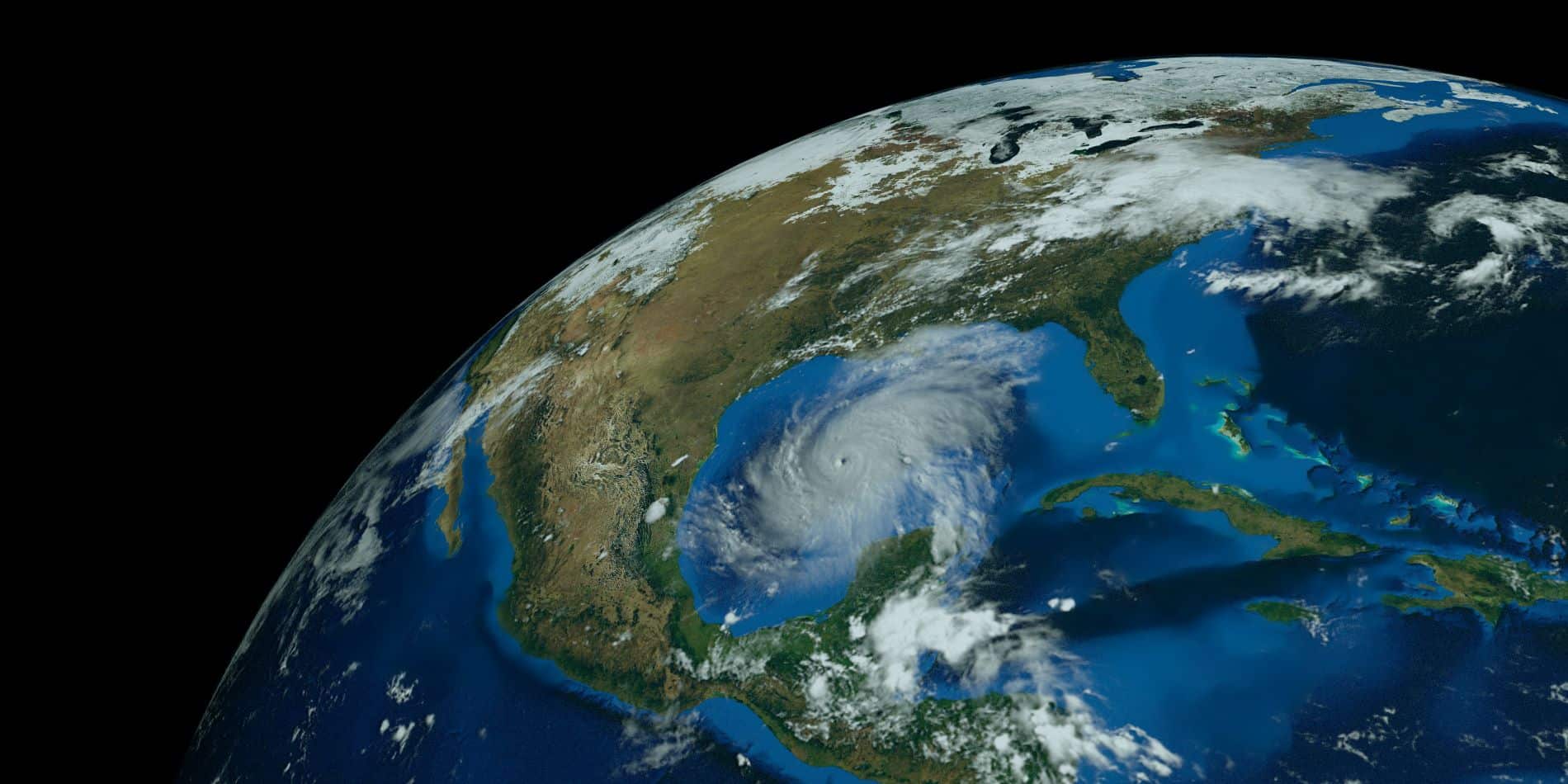Record Temperatures in the Southwest U.S. and High Risk Homeowners Insurance to Start the Summer of 2024

As climate change continues to impact global weather patterns, the Southwest United States is facing a severe heatwave. This event, occurring from June 11-13, 2024, has been significantly intensified creating a hazard both to health and property. Understanding the causes, impacts, and safety measures can help residents navigate this extreme weather event. With temperatures soaring to 105°F to 112°F in some areas, the risks of wildfires have escalated in an area of the country already reeling from higher risks for homeowners insurance.
Regional Impacts, Health and Property Risks
Millions across Arizona, New Mexico and Nevada are experiencing the brunt of this heatwave. Cities like Phoenix and Las Vegas have issued Excessive Heat Warnings, urging residents to stay hydrated and seek cooling centers. Nighttime temperatures remain unusually high, preventing adequate cooling and increasing the risk of heat exhaustion and heatstroke.
Local health services report numerous heat-related hospitalizations, and there have been several wildfire outbreaks exacerbated by the extreme conditions.
High Risks for Property Damage and Homeowners Insurance Claims
Record breaking temperatures are just a part of life in Arizona, Nevada and New Mexico and the impact of these weather events will have predictable outcomes that will cause thousands of homeowners insurance claims in subsequent months.
- Cracked or Broken Clay Tiles: Extreme heat can cause clay roof tiles to expand and contract, leading to cracking or breaking.
- Fire Damage: Increased risk of brush fires can lead to structural fire damage if embers ignite the home or surrounding vegetation.
- Water Damage from Leaks: Cracked tiles can lead to leaks, causing water damage during subsequent rainfalls.
- Structural Damage: Prolonged exposure to heat can weaken wooden structures, causing warping, cracking, or other structural issues.
- Damage from Dry Landscaping: Dry, flammable landscaping can contribute to the spread of fire to the home especially in high risk areas.
Preventative Measures
Luckily, many of the challenges to homeowners insurance can be mitigated given proper attention. Below are some examples of areas of attention that can prevent consumers from having claims and high risk homeowners insurance in an environment that is increasingly extreme.
- Roof Maintenance:
- Regularly inspect clay tiles for cracks or damage, especially before and after peak heat periods.
- Replace broken or damaged tiles promptly to prevent leaks.
- Consider applying a reflective coating to reduce heat absorption.
- Fire Prevention:
- Create a defensible space around the home by clearing away flammable vegetation within at least 30 feet of the structure in all high risk areas.
- Use fire-resistant landscaping materials, such as rocks or gravel, instead of mulch.
- Install spark arresters on chimneys and stovepipes.
- Use fire-resistant building materials for home exteriors, such as stucco, metal, or brick.
- Waterproofing:
- Ensure that the roof is properly sealed and gutters are cleaned regularly to prevent water accumulation and leaks.
- Install gutter guards to keep debris out and ensure proper water flow.
- Structural Integrity:
- Inspect and maintain the structural integrity of the home regularly, paying attention to wooden elements that might warp or crack under extreme heat.
- Consider reinforcing or replacing vulnerable materials with more heat-resistant options.
- Landscaping Management:
- Regularly water and maintain landscaping to prevent it from becoming dry and flammable.
- Use drought-resistant plants that require less water and are less likely to dry out.
- Trim trees and shrubs regularly to reduce fire risk.
- Additional Measures:
- Install and maintain a reliable home sprinkler system that can help protect the home in case of nearby fires.
- Ensure that smoke detectors and fire extinguishers are in working order and easily accessible.
By taking these preventative measures, homeowners can significantly reduce the high risk of damage and the potential for insurance claims during extreme heat events.

FAQs
1. Why are heatwaves considered a heightened risk for homeowners insurance claims? Heatwaves increase the risk of various hazards, such as wildfires, structural damage due to extreme heat, and power outages that can lead to food spoilage and damage to electronic appliances.
2. What types of damage are most commonly associated with heatwaves? Common types of damage include warping and cracking of building materials, roof damage, electrical system failures, and increased fire risk due to dry conditions.
3. Are wildfires a significant concern during heatwaves? Yes, the dry and hot conditions during heatwaves can create an ideal environment for wildfires, which can cause extensive damage to homes and properties.
4. How can homeowners mitigate the risks associated with heatwaves? Homeowners can mitigate risks by ensuring their home is properly insulated, maintaining their roof and HVAC systems, clearing vegetation around their property to reduce fire risk, and having an emergency preparedness plan in place.
5. Does high risk homeowners insurance cover heatwave-related damages? Standard homeowners insurance typically covers some types of heatwave-related damages, such as fire damage. However, it’s essential to review your policy details to understand what is specifically covered. Insurance carriers in many high risk areas are excluding wildfire coverage.
6. Should homeowners update their insurance policies in response to increased heatwave risks? It’s a good idea for homeowners to review their insurance policies regularly and consider updates or additional coverage options if they live in areas prone to extreme weather events.
7. What steps should be taken immediately after heatwave damage occurs? Homeowners should document the damage with photos, secure their property to prevent further damage, and contact their insurance provider to file a claim as soon as possible.
8. How can homeowners prepare for potential power outages during heatwaves? Homeowners can prepare by having backup power sources like generators, ensuring they have enough supplies of non-perishable food and water, and protecting sensitive electronics with surge protectors.
9. Are there specific building materials that are more resistant to heatwave damage? Yes, materials like metal roofing, fire-resistant siding, and heat-resistant insulation can help make a home more resilient to heatwave damage.
10. What role does climate change play in the increasing frequency and severity of heatwaves? Climate change contributes to more frequent and severe heatwaves by altering weather patterns and increasing average temperatures, which exacerbates the conditions that lead to extreme heat events.
11. Can landscaping choices impact the risk of heatwave-related damage? Yes, choosing drought-resistant plants, creating defensible space around the home, and using non-flammable landscaping materials can reduce the risk of heatwave-related damage.
12. How can community efforts help in mitigating heatwave risks? Community efforts such as firebreaks, shared emergency resources, and public awareness campaigns can help mitigate heatwave risks and improve overall resilience.
13. How can I stay safe during a heatwave? Stay indoors, hydrate frequently, use air conditioning, and visit cooling centers.
14. What areas are most affected by the current heatwave? Arizona, New Mexico and Nevada are experiencing the highest temperatures and impacts.
15. How does climate change increase the frequency of heatwaves? Climate change traps more heat in the atmosphere, leading to higher temperatures and more frequent extreme weather events.
Recent Posts
Claims Surge Amid Unusual 2024 Hurricane Season and What Does it Mean for High Risk Homeowners Insurance?
How is the season so far and what do higher temperatures have to do with it? That warm waters in the tropical Atlantic...
2024- Are Burglary Claims Still a High Risk?
Burglaries are a persistent threat to homeowners across the U.S., with over one million break-ins occurring annually. Even though burglary rates have decreased...
2024 Atlantic Hurricane Season Predictions
All Early Predictions Call for a Busy 2024 Atlantic Hurricane Season Forecasters are predicting an exceptionally active Atlantic hurricane season in 2024. The...




